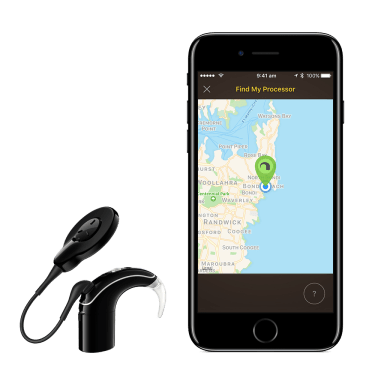Functioning on rough terrain
For people with lower-limb prostheses, adaptability is key not only to a more fluid, natural experience but also to safety. Amputees fall at about 200 times the rate of healthy individuals and seek medical attention on a par with the institutionalized elderly, according to Michael Goldfarb, co-director of the Center for Rehabilitation Engineering and Assistive Technology at Vanderbilt University. Risk of falling increases in more active younger amputees who are less daunted by challenging terrain.
While microprocessors in prosthetic knees have been around for some time, allowing them to change behavior based on activity, or the idea of adaptive ankles, is relatively new.
Goldfarb's lab has developed an ankle that uses sensors and a microprocessor to mimic physiologic function as people move along flat or uneven terrain and go up and down stairs and slope.
"It's kind of a mini version of the human neuromuscular system with its own sensors, its own brain, its own muscles and the ability to change what it does," Goldfarb told MedTech Dive.
The ankle's design also increases the amount of clearance when people swing their prosthetic limb, providing a margin of error slightly better than that of a healthy individual to reduce trips and falls, Goldfarb said, adding that response during tests has proven promising.
Franklin, Tennessee-based Synchro Motion LLC has received funding from the National Science Foundation and NIH's Small Business Innovation Research grants to bring the product to market.
Despite its high-tech capabilities, the ankle is regulated as a Class I device, requiring only a predicate for FDA clearance. Goldfarb expects it to be commercially available within two years.
Thought-controlled arms
The robotic arm being developed at Johns Hopkins APL has 26 joints and 'load cells' in each fingertip to detect force and the torque applied to each knuckle. Sensors give feedback on temperature and vibration and collect the data to mimic what the human arm is able to detect. It responds to thought much like a normal arm.
"Our bodies natively have control loops at various levels, and that's really where AI comes into play, because there are things that you can build into that arm like reflexes and anticipating an object you might be interacting with and allowing the user to provide the highest level of command," Armiger explained.
The device attaches to the user via an osseointegration implant, a small post that goes into the bone and protrudes through the skin. That orientation allows the device to clamp directly onto the skeletal system, giving the user a more natural understanding of how the limb is moving. By attaching to the bone, the perception of weight is also lower than traditional external attachments.
Users also undergo what's called targeted muscle reintervention, which rewires the nerves in the upper arm to twitch when the user thinks of moving his or her hand. Separate sensors attach to the skin over top of the muscles and correspond with the intended movement.
"It's a great combination of the engineering of the robotic arm, the cutting-edge surgical procedures and these sort of AI algorithms which basically, when those muscles twitch, recognize and can translate that into I want to wiggle my pinkie finger," Armiger said.
The opportunity lies in maintaining an object in the hand, such as grabbing a coffee cup and holding it steady so the contents don't spill — those types of activities that are sort of ambiguously controlled even within the human body, Armiger added.
The arm is currently in the advanced prototype research stage, and researchers are looking for potential transition partners. Armiger said his team has also been talking with FDA about what type of approval it would need.
Still, one of the biggest hurdles will be cost.
"Right now what we're trying to do is demonstrate the improvement in control through research studies that would then make a case for a market transition," Armiger said.

 Earlier this month, the United States Senate unanimously adopted a resolution declaring today National Assistive Technology Awareness Day. The resolution noted that "assistive technology devices and services are not luxury items but necessities for millions of people with disabilities and older adults, without which they would be unable to live in their communities, access education, and obtain, retain, and advance gainful, competitive integrated employment,"
Earlier this month, the United States Senate unanimously adopted a resolution declaring today National Assistive Technology Awareness Day. The resolution noted that "assistive technology devices and services are not luxury items but necessities for millions of people with disabilities and older adults, without which they would be unable to live in their communities, access education, and obtain, retain, and advance gainful, competitive integrated employment,"
 There have been other implants and hearing aids that have used iOS apps to control sound and other features and Nucleus’s own app can be downloaded to do the same. However, Cochlear’s newest processor is controlled by the phone itself and does not require an app download.
There have been other implants and hearing aids that have used iOS apps to control sound and other features and Nucleus’s own app can be downloaded to do the same. However, Cochlear’s newest processor is controlled by the phone itself and does not require an app download.